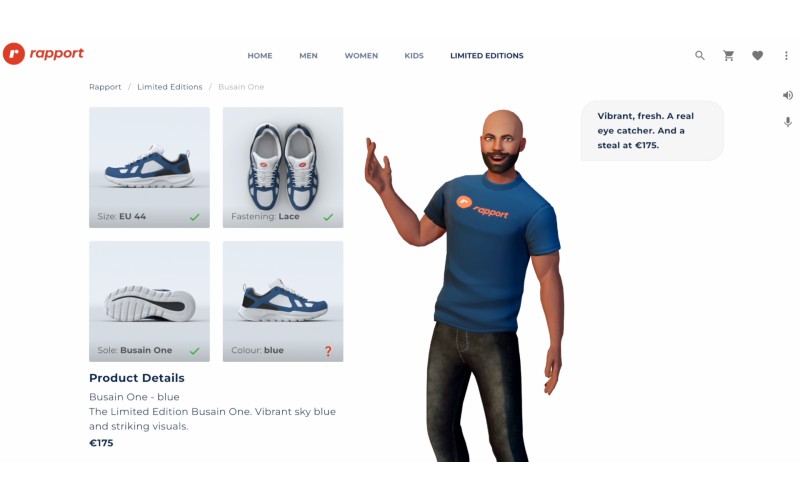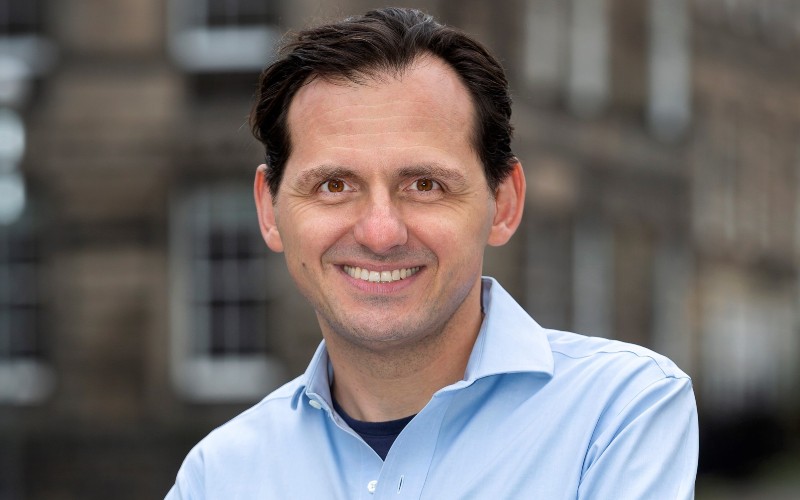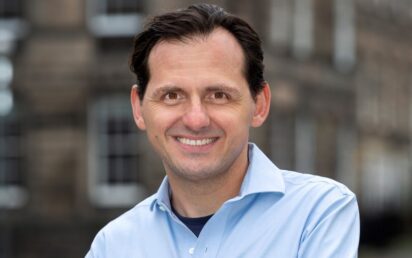Time is among the most valuable commodities held by any startup.
When it’s gone, it’s gone. If you haven’t met your goals in any number of areas – from product development to partnerships, marketing, commercialisation or recruitment – you risk falling behind your competitors.
Lunch hours, evenings and weekends may be absorbed in the race to succeed. To describe entrepreneurship as a full-time endeavour would be an understatement.
No wonder, then, that Gregor Hofer opted to leave behind his academic career to focus on Speech Graphics full-time in 2018.
The Edinburgh-headquartered firm’s software, spun out of the city’s university in 2010, delivers speech animation & lip synchronisation from audio alone. Used by Triple A studios for characters’ facial animations in smash hit games including The Last of Us Part II, it featured third on our sister publication BusinessCloud’s MediaTech 50 ranking this year.
“At the beginning I was 100% employed, then 50% employed – then I quit my job to go for it!” he tells TechBlast. “When you spin out a company from a university you either do it or you don’t – it’s really hard to do both and be successful.
“Now we are 70 people, we have offices around the world, multiple departments… you can’t do that as a part-time entrepreneur. You have to commit fully.”
He adds: “Moving from an academic mindset to a business mindset is a transition – different things become your priority.”
Creating products
CEO Hofer and co-founder Michael Berger, who serves as CTO, met during PhDs in Informatics at the Centre for Speech Technology Research back in 2007. Berger’s work focused on visual speech while Hofer’s studies were in the related area of non-verbal animation driven by speech.
They both saw the great impact facial animation technology could have on the world. They began with a huge problem within the video game industry: modern games contain vast amounts of recorded voiceover, possibly repeated in many languages for localisation, which is incredibly difficult and expensive to animate by hand or through motion capture.
“We bootstrapped the company until 2018 – we weren’t licensing software at the time, we were basically a service company using our own software and would charge for minutes,” explains Hofer.
“Over time, we turned it into a product. When you start out within a university, the technology is nowhere near ready to be productised – you have to make it accessible and write documentation to make it usable.”
Those products include facial animation accelerator SGX, which interprets vocal characteristics and maps the data to a detailed model of the associated muscle systems to generate anatomically correct lip sync & emotionally accurate expressions; SG Com, which allows for animation to be generated on-the-fly from audio streamed or downloaded to the gaming device in real-time; and now generative AI platform Rapport, a modular system which automates character animation from speech and other vocalisations, and is looking to tap into new markets such as branding within the metaverse; in eCommerce; training and education; and triage assessment in healthcare.

Top tip
Hofer’s advice to founders is to “do whatever you need to do to get that first customer”.
“From day one, we’ve worked with customers – it focuses you on project delivery, and also tells you what’s important about the product, the technology – and what’s not.
“When you come from an academic background, in particular, that is a very isolated environment – once you really test it against the real world, a lot of things will become much clearer.
“Once somebody takes a chance on you, the next customer will be easier, then the rest will follow.”


